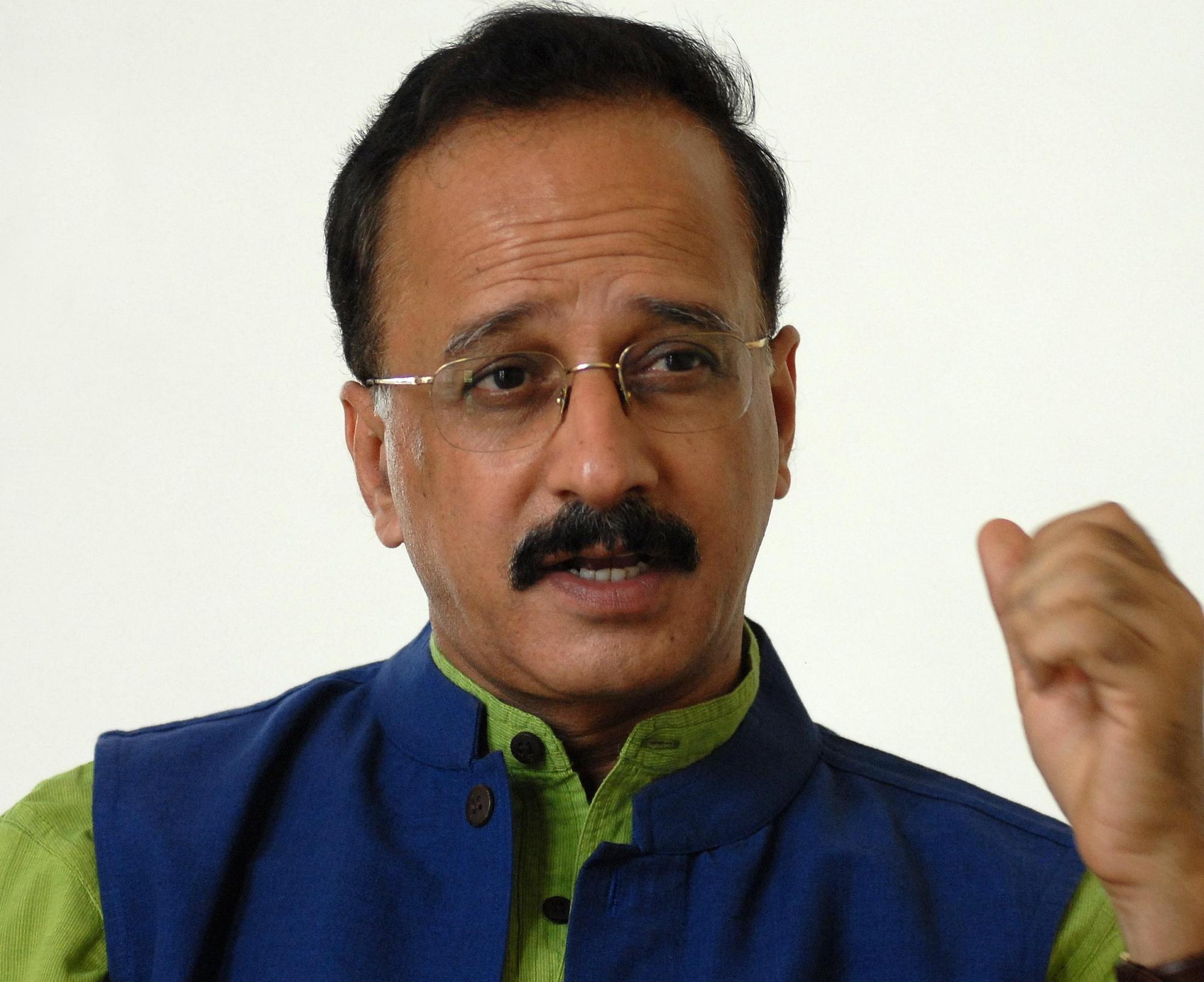Its been a long while, over 45 days that I have been pouring over the CFIA data – transcribing, cross checking, error correcting, and reading through the results to make sense of it all.

It has been exhilarating and disappointing the same time. Exhilarating because I managed to get the food testing data from CFIA. Disappointing because it clearly shows that foods produced in Canada and USA are without a question the very worst in the world, when it comes to glyphosate/AMPA poisoning. More than disappointing, it has been heartbreaking to face the harsh and glaring truth that your government may be in collusion, knowingly or unknowingly, in slow-poisoning you, and in a manner that leaves a smaller and smaller path, not well defined that too, for you to avoid subjecting yourself to slow-poison from your food.
It is heartbreaking to see how this toxic, dangerous and unnecessary technology can strong arm its way into every facet of a supposedly democratic system and pollute its science, regulatory mechanism, academia, media, and the widest imaginable swath of political process, leaving virtually no clear avenue for the people to correct this wholesale chemical attack on society and an assault on nature.
But one thing that baffled, annoyed, disappointed me at the same time, was absence of the very foods that were suspected to be at the top of the this glyphosate pyramid: wheat, canola and corn.
And now, after 45 breathtaking days and a lot of sleepless or fretful nights, long hours of thinking through, transcribing and fruitlessly searching for the elusive data on glyphosate test involving wheat, corn and canola, finally I begin to see a glimmer of hope on one side, and the ominous indication that what folks suspected all along, is actually true. Wheat and wheat products have much glyphosate.
CFIA started sampling foods for glyphosate testing back in 2015. But it took till the middle of 2016, and almost 3000 tests of other foods, for them to first start taking samples of wheat and wheat products, collected mostly in the eastern maritime provinces marked by CFIA as “Atlantic”, for glyphosate testing. And the results do not look pretty at all.
Other than a few Canadian and US products, a vast majority of the samples are recorded as “unknown” of origin. This has been a source of major vexation for me. I suspect most of them are local, i.e. Canadian. Canada is not a major importer of wheat at all, since it produces more than it needs. Also both Canada and USA protect their respective agricultural sector against each other and against the rest of the world. So most of the US foods that are also grown in Canada, cannot be imported without a hefty tax, and vice versa.
I know this protection of local agriculture from foreign competition in itself was a very sore point for many emerging nations at the WTO talks, primary irritant being India. I might even add that such resistance against one-sided free trade deals involving only manufactured goods, banking and other services with the emerging nations while keeping agriculture out of the same deal was the straw that more or less broke the camel’s back with many of the emerging and third world nations backing and standing behind India on this account, which was cleverly sidestepped by the media, but more or less killed the WTO where it stood at the time. That collapse of the global free market trade talks in turn created the need for regional agreements, bypassing such irritant nations, and we started seeing the likes of TPP etc. I am yet to read any meaningful report from the media or any of the trade-guru with a fair, balanced and inclusive report on these issues covering all sides of the argument – one reason I also have a low opinion of financial, political, and trade experts as well as politicians that talk about such trade deals. They are buffoons and jokers, far as I am concerned – not worth the time.
Anyhow, these are the reasons I suspect most of the “unknown” wheat samples are of Canadian origin.
There are mentions of pasta – which do not say they are made of wheat flour, but I suspect they do.
One sample is from Italy, but it may well be that the Italians made that product out of wheat initially imported from Canada in the first place.
There is a lot more to do with and about wheat, from my end, to try and bring as much of the story out to the people as possible in the coming days and weeks. I shall also include them in the book.
I have no doubt that, should this effort gain traction and begin to get noticed outside of a small group of interested parties, then there would be counter comments from “experts” claiming to be scientists, nutritionist, politicians, lobbyist and the like, stating either that my statements are my opinion only (true), and are not based on facts (which can be argued since fact and fiction has been allowed to merge heavily and freely in the current system of smokes and mirrors). But these false-experts do not bother me since I hold these people in such low esteem that I cannot bother to consider their comments. Before I can take anyone’s opinion serously on this issue, he/she has to first earn my respect.
I would consider discussing glyphosate safety levels if and when:
1) Government encourages Scientific study on glyphosate in food and environment in public institutions such as universities to be funded by public and not industry, and bans the industry and politicians for interfering with the study
2) When scientists are funded and given a free hand in checking both good as well as potentially harmful effects of glyphosate on humans, on biological diversity, and on the micro organisms at the base of the food chain, and none of their findings are hounded, attacked, or withdrawn from the body of literature, allowed chips are allowed to fall where they may.
3) When twenty or thirty years have passed with such free and unfettered investigation has been conducted on Glyphosate
4) When safety tests on glyphosate that go with the application for approval and registry of this molecule is conducted by approved independent third parties outside of industry or political meddling, but at the cost of the producer of the product, as a minimum requirement for product approval, and all known avenues of a conflict of interest has been eliminated
5) When all such safety test records are automatically placed in public domain for anybody to recheck and raise an alarm if they find evidence that the pesticide may have caused harm to test animals
only then, I might consider spending even two seconds of my time to hear what these jokers have to say. Till such time, they remain jokers, in my mind.
My only response to them might be a suggestion that they fix a red ball on their nose, paint their face garishly, put on ballooning pants with polka dots on them, wear huge floppy shoes, and join a circus.
Meanwhile, I have much more homework to do.
Another thing that is beginning to show up in the records is – corn.


 You can find the talk listed at the bottom of this page. It can be playing directly by clicking on it. You can also find it in iTunes, if you look for a podcast under the name of Tony Mitra, and go through the list of episodes. It can be identified by the logo at left.
You can find the talk listed at the bottom of this page. It can be playing directly by clicking on it. You can also find it in iTunes, if you look for a podcast under the name of Tony Mitra, and go through the list of episodes. It can be identified by the logo at left.